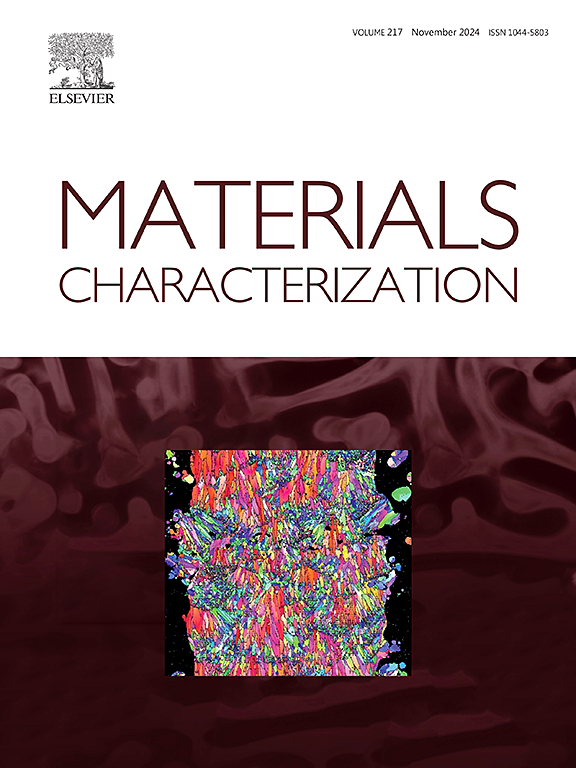Influence of substrate pre-heating on microstructural homogeneity in wire-arc additively manufactured super martensitic stainless steel
IF 4.8
2区 材料科学
Q1 MATERIALS SCIENCE, CHARACTERIZATION & TESTING
引用次数: 0
Abstract
Wire-arc direct energy deposition (DED) holds significant potential for fabricating and repairing large-scale steel structures. However, the process faces substantial challenges, particularly for high-alloy steels like martensitic stainless steel. Complex thermal cycling and uneven heat dissipation frequently result in heterogeneous microstructures and compromised mechanical properties. These issues are further exacerbated by the inherent difficulties of applying conventional post-treatments that are cost-prohibitive and infeasible for large or geometrically intricate components. This study presents an assisted pre-heating and slow-cooling (H-SC) strategy, supported by 3D finite-element modeling to investigate the dynamic thermal behaviors and microstructural evolution, to address microstructural inhomogeneity and enable high-quality wire-arc DED manufacturing without post-treatment. Thin-wall super martensitic stainless steel parts were fabricated with and without this strategy. The H-SC sample exhibited columnar lath martensite grains with nano inclusions, while the sample without the H-SC strategy showed alternating columnar and equiaxed grains with micron inclusions. The synergy of microstructural homogeneity, nano inclusions, and continuous columnar grains significantly enhanced the properties of as-deposited parts. The H-SC strategy minimized anisotropy and position-related non-uniformity in mechanical properties. Additionally, it improved the longitudinal tensile strength by 24 % (up to 1185 MPa) and elongation by 16 % (up to 16.4 %), achieving properties comparable to quenched specimens. This research underscores the importance of thermal management in wire-arc DED for tailoring microstructures and optimizing performance, providing valuable insights for advancing additive manufacturing and repairing in industrial applications.
求助全文
约1分钟内获得全文
求助全文
来源期刊

Materials Characterization
工程技术-材料科学:表征与测试
CiteScore
7.60
自引率
8.50%
发文量
746
审稿时长
36 days
期刊介绍:
Materials Characterization features original articles and state-of-the-art reviews on theoretical and practical aspects of the structure and behaviour of materials.
The Journal focuses on all characterization techniques, including all forms of microscopy (light, electron, acoustic, etc.,) and analysis (especially microanalysis and surface analytical techniques). Developments in both this wide range of techniques and their application to the quantification of the microstructure of materials are essential facets of the Journal.
The Journal provides the Materials Scientist/Engineer with up-to-date information on many types of materials with an underlying theme of explaining the behavior of materials using novel approaches. Materials covered by the journal include:
Metals & Alloys
Ceramics
Nanomaterials
Biomedical materials
Optical materials
Composites
Natural Materials.
 求助内容:
求助内容: 应助结果提醒方式:
应助结果提醒方式:


